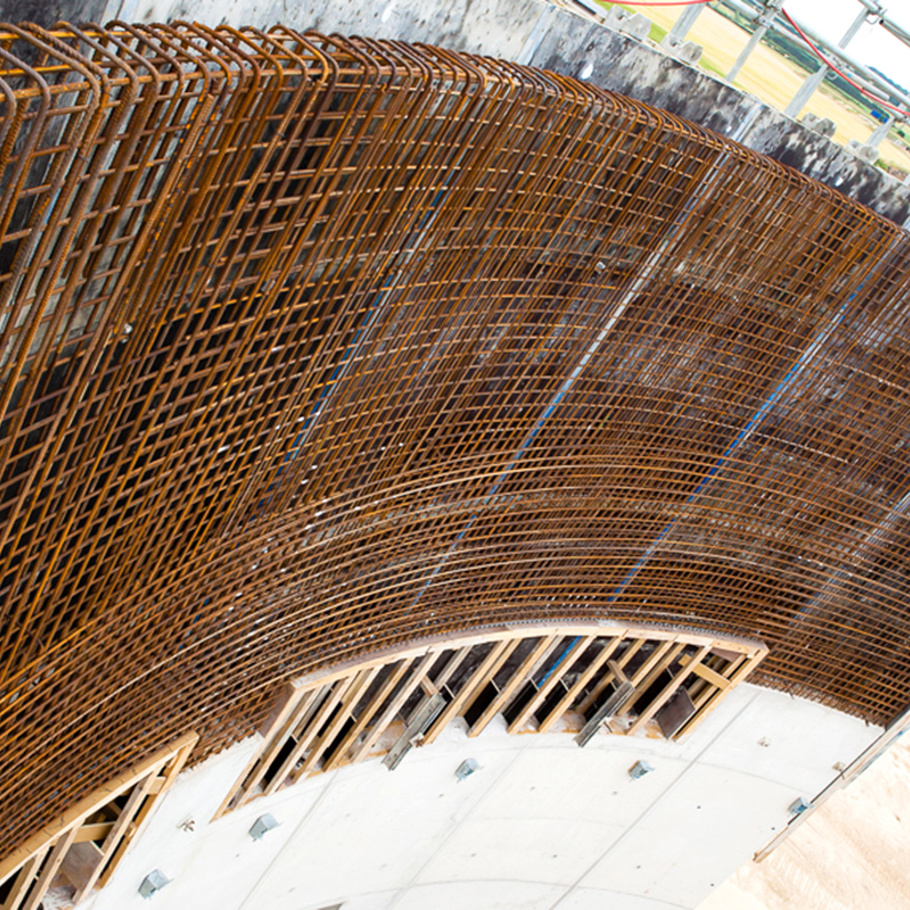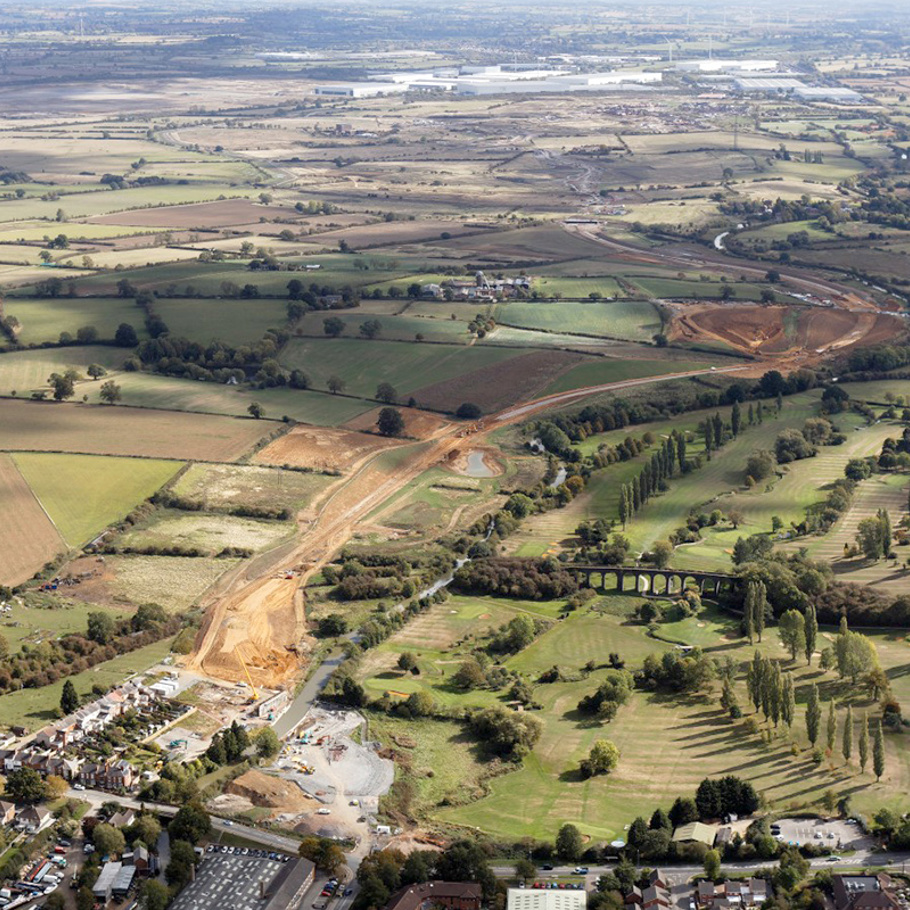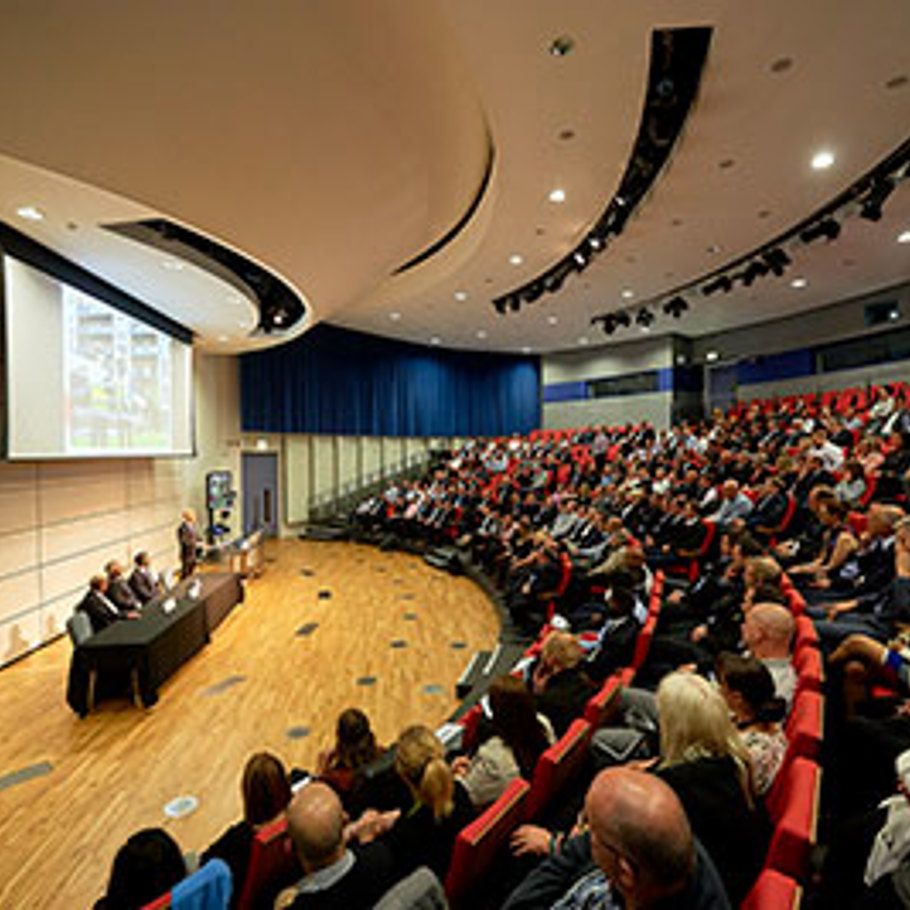Topic Awards
Date 22 Jul 2022
Masters student, Sze Lok Man has received the Galliford Try Prize for 'Best Civil Engineering Thesis of 2021-22' at The University of Edinburgh, for his dissertation titled Kirigami Shape Forming with Plastic Mechanism.
The Galliford Try Prize is awarded each year for the most deserving Master of Engineering (MEng) thesis as determined by the Board of Examiners. This year, Sze Lok took the £250 prize home for his thesis on the subject of Kirigami Structures. Judges said, that while off-site manufacturing is often held to be a panacea for making the construction industry more sustainable, it still struggles with waste and deployability aspects. In his thesis, Sze Lok, considered how the use of Kirigami Structures could address these challenges.
Presented with his certificate by Professor Antonis Giannopoulos, Director of the Discipline of Civil and Environmental Engineering at The University of Edinburgh, Sze Lok looks forward to a bright future ahead.
Jon Hodgins, Engineering Director for Galliford Try, commented: "This thesis is likely to bring significant benefit to the construction industry in the advancement of deployable structures that have been manufactured off-site and can be utilised in a wide range of applications. Congratulations to Sze Lok for being chosen to receive this prize and I wish him every success in his future career."
Sze Lok, Galliford Try Prize Winner, said: "First and foremost, I must thank my supervisor Dr Marcelo Dias for his patience, guidance and most importantly heuristic approach to this research endeavour. The thesis was a project I put a monumental amount of effort into and I'm glad that this mechanism has the potential to provide to the modern landscape of deployable structures. While metal Kirigami has significant potential to circumvent issues within construction much further research is required to reliably realise the desired deployment mechanism...nevertheless I'm very pleased with the fact that we were the first to attempt this method with plasticity and it has enabled us to map promising avenues for continuing investigations."








